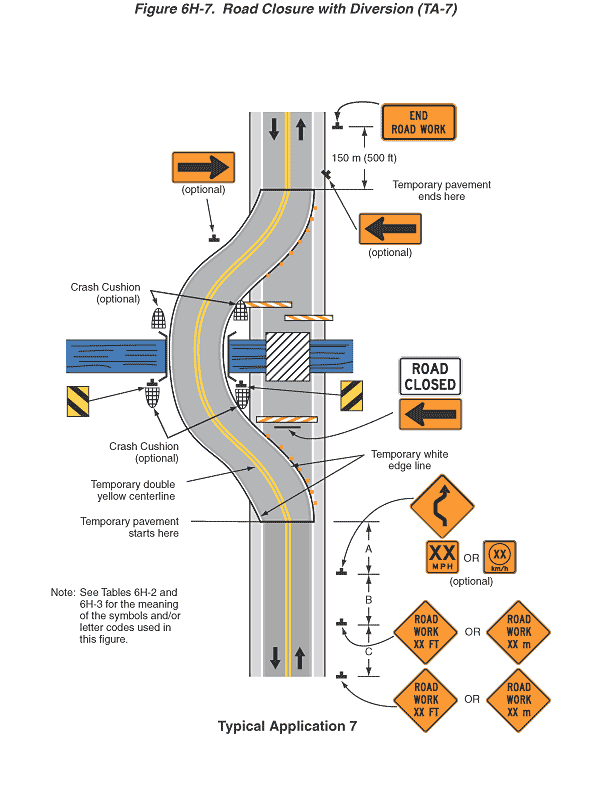
Figure 6H-7. Road Closure with Diversion (TA-7)
This figure illustrates a road closure with diversion. A legend under the figure states that this is Typical Application 7. A note states "Note: See Tables 6H-2 and 6H-3 for the meaning of the symbols and/or letter codes used in this figure."
This figure shows a vertical two-lane roadway with one lane of traffic in each direction. A downward-pointing black arrow in the left lane and an upward-pointing arrow in the right lane denote the direction of traffic. The opposing lanes of traffic are shown separated by a solid double yellow line. In the middle of the figure, a horizontal blue strip, denoting water, is shown crossing the roadway. A temporary roadway, curving to the left and back again, is shown in the middle of the figure. A shoulder is shown to the right of each travel lane except within the temporary roadway. The shoulders are shown separated from the travel lanes by a solid white line.
At the bottom of the figure and to the right of the shoulder of the northbound lane, a black inverted "T" is shown denoting a sign. The sign shown is a diamond-shaped orange sign with a black border and the words "ROAD WORK XX FT" in black or the metric alternate "XX m." This sign is shown at a dimensioned distance C in advance of a second Road Work sign shown to the right of the shoulder. This sign is shown at a dimensioned distance B in advance of a sign assembly to the right of the right shoulder. The sign assembly is shown as composed of a diamond-shaped orange symbol sign with a black border and a square orange advisory speed plaque with a black border labeled optional below it. The diamond-shaped sign is shown as a double reverse curve symbol sign with a vertical black arrow curving first to the left and then back again. The advisory speed plaque is shown with the speed "XX MPH" in black or the metric alternate "XX km/h." The "XX" in the km/h sign is inscribed within a black circle. This sign assembly is shown at a dimensioned distance A in advance of a horizontal black line shown across both traffic lanes denoting where temporary pavement starts for the diversion.
A two-lane section of temporary roadway then is shown curving to the left. Where the temporary road begins to curve, a series of orange squares, denoting channelizing devices, is shown to the right of the temporary white edge line but on the original straight roadway. Beyond the last channelizing device, a sign assembly is shown across both lanes of the original roadway, composed of a horizontal rectangular white sign with a black border and the words "ROAD CLOSED" in black above a horizontal rectangular orange sign with a black border and a horizontal black arrow pointing to the left. This sign assembly is shown placed on the front of a Type III barricade, extending across both traffic lanes and onto the shoulders of the original roadway. Beyond the barricade, a vertical rectangular black and white diagonally striped box, denoting a work space, is shown extending across both traffic lanes and the horizontal blue strip denoting water. Beyond the work space, two more Type III barricades are shown across the original roadway, one extending from the center of the roadway to beyond the right side of the right shoulder and, just beyond it, a second barricade extending from the center of the roadway to beyond the left side of the left shoulder. The second barricade is shown with a crash cushion labeled optional on the far left end of it, shown by a black and white cross-hatched semicircle. Where the temporary road is shown beginning to curve back to the right, a series of channelizing devices is shown to the right of the temporary white edge line but on the original straight roadway. Beyond the last channelizing device, a horizontal black line is shown across both temporary traffic lanes denoting where the temporary pavement ends. Just beyond this line, to the right of the right shoulder, a horizontal rectangular orange sign is shown with a black border and labeled optional with a horizontal black arrow pointing to the left. The sign is shown angled to face the temporary pavement. At the top of the figure, a horizontal rectangular orange sign with a black border and the words "END ROAD WORK" in black is shown to the right of the right shoulder.
Where the two-lane section of temporary roadway is shown curving to the left from the original roadway, it is shown crossing the horizontal blue strip denoting water and curving back to the right to join the original vertical roadway. A temporary solid double yellow line is shown marked on the temporary roadway as well as temporary white edge lines on the outside of each lane. Where the temporary roadway is shown crossing the blue strip denoting water, a railing is shown on both sides of the roadway with vertical rectangular yellow and black diagonally striped signs placed on the ends of the railings on both sides of the water, with the stripes pointing in toward the temporary pavement. Crash cushions labeled optional are shown on these signs. As the temporary roadway is shown curving back to the right to the original roadway, a horizontal rectangular orange sign with a black border and a horizontal black arrow labeled optional is shown placed to the left of the southbound lane of the temporary pavement, pointing to the right.
